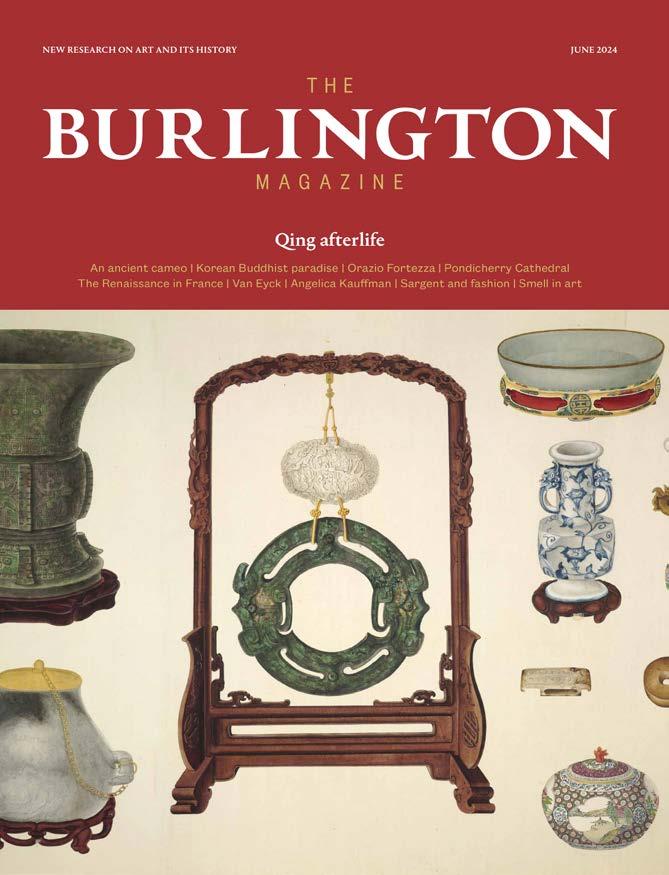A broad range of works from the Renaissance period is in the spotlight in two concurrent exhibitions in Paris. One, at the Musée de Cluny, investigates artistic creativity during the tumultuous reign of Charles VII between 1422 and 1461; the other, at the Bibliothèque nationale de France, carries the narrative forward and provides a panoramic view of Renaissance Humanism. The comparison demonstrates how art, in a variety of media, could serve, on the one hand, as a weighty symbol of dynastic authority and, on the other, as an intimate aid to private study and devotion.

